What is gluten? | Health impact | Is GF Healthy? | Hidden Gluten | GF food groups | GF Alternatives | GF drinks | Planning & Prep | Eating
If you’ve been in a health food restaurant over the last few years, you’ve undoubtedly spotted the little “GF” signs behind some menu items.
Gluten – a protein contained in grains like wheat, rye, and barley – has some properties which make it great for baking and cooking. That’s why it’s pretty much everywhere.
So what’s the fuss about? Why are so many people going gluten free? And how exactly do you eat a gluten free diet?
What is Gluten?
Gluten is a general term for a certain protein and its associated structure that helps some foods retain shape.
Gluten is named partially for its ability to “glue” foods together, giving a structured and solid consistency when cooked.
The family of gluten proteins is found in many different foods, generally derived from one of the big three grains: wheat, barley, and rye.
It’s tough to nail down an exact molecule for gluten, because it encompasses an entire family of proteins present in certain foods.
The health impact of gluten
About 1% of the population must avoid gluten due to an autoimmune disease called celiac disease.
However, gluten seems to bother a much larger group of people. Bloating, inflammation, and irritable bowels are only some of the symptoms that affect people who are sensitive to gluten.
As opposed to celiac, gluten sensitivity isn’t a disease exactly, but more of an intolerance – similar to lactose intolerance.
Going gluten free helps both gluten-sensitive people, and those diagnosed with celiac disease, to manage their digestive problems and achieve much higher energy levels, better mood, and overall improved well-being.
Rx weight loss, the right way, with Noom
Get access to prescription weight loss medication with Noom.Is eating gluten-free healthy?
If you’re not gluten intolerant or sensitive to gluten, then eating a gluten free diet is not necessarily healthier.
However, many foods which are high in gluten, such as bread and pasta, are also high in calories and low in nutrient density.
So limiting portion sizes of these foods can still be beneficial to your health, especially while on a weight loss journey. To avoid such “filler foods,” which will make you feel satisfied but don’t provide many vitamins and nutrients, choosing gluten free meals can be helpful at times.
Don’t be fooled, though. Just because those chocolate chip cookies are labeled gluten free doesn’t automatically mean they’re healthy. They might still contain loads of sugar and fats.
If you’re not managing celiac disease or gluten sensitivity, the key is finding a balance between the gluten-free foods and the gluten-filled foods that keep you feeling happy and healthy.
Where to Find Hidden Gluten
Wheatgrass and barley grass juice
While it’s well-known that wheat and barley are the main sources of gluten, the grass is actually totally free of gluten.
The seeds are the component of the plant that contain high levels of gluten proteins.
When the plants are processed for consumption, the seeds and grass are generally processed together — so unless your wheatgrass or barley grass specifically says it was made with no gluten, there’s a high likelihood that it does, in fact, contain the proteins.
Sauces
Soy sauce is an especially surprising source of gluten for many, as it is assumed that soy is the base ingredient for these sauces. However, many of the major soy sauce brands use wheat as a base ingredient as well. Most thick cream sauces and gravies also host gluten, as they use wheat to make the sauce thicker during the process of forming a roux as the base of the sauce.
Processed potatoes
Regular potatoes do not have gluten.
But processed potatoes — for example, potato chips or frozen fries — most likely contain gluten as a holding agent during the cooking process. Potato chips can even be flavored with other compounds that contain more sources of gluten.
Pinpointing every potential source of gluten in your diet can be extremely difficult, but it is doable. There are some keywords that you can look out for on labels to help you in this process.
The most common ingredients you’ll find on products include:
- Anything with the word “barley,” including barley flakes, barley flour, or even barley pearl.
- Anything containing the word “breading” or “bread,” which is included in things like breadcrumbs and stuffing.
- Malts, including malt extract and even malt flavoring.
- Most oats, unless they specifically say they are from non-contaminated sources.
Gluten-Free Food Groups
When you are in need of a gluten-free diet, it’s important to understand the general food groups where you can find gluten-free foods. Here’s a general list of common food groups that have no gluten or risk of gluten contamination.
Fruits
Fresh fruits do not have any gluten, nor do flash-frozen fruits. However, there are some types of fruits that require a close look at the label to tell if they contain gluten. Processed fruits (i.e., fruit products that contain minimal amounts of fruit), dried fruits, and prepared smoothies or fruit drinks may contain gluten.
Vegetables
As with fruits, fresh vegetables, frozen vegetables, and canned vegetables will not have gluten. Also, like fruits, processed vegetables, and dried vegetables may have gluten and will need a scan of the ingredient list to ensure safety.
Meat & poultry
All types of unprocessed meat and poultry have no gluten.
While there used to be considerable debate on whether grain-fed animals would contain any gluten, there is no evidence that any gluten sources exist in these meats.
The process involved in the breakdown of proteins — especially gluten and other proteins present in the plants these animals eat — does not retain gluten and instead breaks the meats into single amino acids for later reconstruction or energy processing.
However, some processed meats like sausage and meatballs contain a type of wheat-based filler to hold the meat together.
Fish and seafood
Whether your seafood is farm-raised or wild-caught, it will not contain gluten. The only chance of seafood containing gluten is if that seafood has been prepared near another gluten source.
Dairy
Dairy products will never contain gluten unless contaminated during preparation. Like in meats, there was some superficial debate on the presence of gluten in milk or other dairy products based on the cow’s diet.
Beans
Beans, when processed correctly, do not contain any gluten.
However, it’s important to check the labels on any beans you purchase. Many factories that process beans will also process foods with gluten, so they cannot legally be labeled gluten-free due to the chance of contamination.
The label will specifically let you know if the beans are indeed gluten-free. If they are, that means they’ve been processed in a plant that only processes vegetables and fruits.
Legumes
Though legumes are fibrous and hold shape very well, they do not contain gluten. As long as legumes are properly washed and scrubbed prior to consuming, they should be fine even for those who are the most sensitive to gluten.
Nuts
Nuts do not contain any gluten. However, nuts are fairly high in calories due to their density and nutritional load, so it is wise to be wary of how many nuts you are consuming in a day.
Those with gluten sensitivity are more likely to have some nut allergies.
If you’re gluten-sensitive and have never tried nuts before, it may be wise to have food allergy testing done before including them in your diet. Furthermore, some seeds may contain gluten.
Alternatives to Gluten-Rich Foods
Despite there being a long list of foods that contain or potentially contain gluten, there are also foods you can eat without the risk of side effects. Gluten-free foods include:
Corn products
Though corn is one of the most common food sources in countless countries across the world, plain corn products are actually totally safe to consume if you’re gluten intolerant or gluten sensitive. This includes products like cornmeal, grits, cornflour, and raw corn.
There is a worryingly-named product in corn called corn gluten, but the proteins that makeup corn gluten are so different from wheat, barley, and rye gluten that they do not similarly affect the human body.
Still, it’s wise to be aware of the preparation process of the corn product you’re eating. Make sure that no step could potentially lead to gluten contamination.
Rice
Thankfully, rice does not contain gluten. This includes all rice types you’ll see in stores, including brown rice, white rice, wild rice, basmati rice, and even enriched rice.
Sticky rice — which sometimes can be called glutinous rice — doesn’t contain gluten.
Some flavored rice mixes (like the ones that come in individual packets or bags) may have gluten to keep the mixture together, so be wary of processed rice.
Amaranth
While you may have never heard of amaranth, it’s actually one of the most-used foods through Central and South America.
This gluten-free grain is extremely protein-rich and contains high amounts of other essential minerals and vitamins.
While at first amaranth may seem too good to be true, it’s an integral part of making tasty gluten-free soups and sauces since it’s very good at absorbing moisture.
That same water-absorbing property makes it not so great as a baking ingredient since it makes baked goods very dense and flat.
Arrowroot
Arrowroot powder is quickly becoming one of the biggest staples in gluten-free diets. It’s commonly known as arrowroot starch. It’s able to be used as a flour in all types of cooking, including baking and frying.
Buckwheat
If you’re shopping in foreign markets or even in the foreign section of the local grocery store, you may see buckwheat named kasha.
Though buckwheat shares the wheat part of its name with the gluten-filled big three, it’s not closely related to wheat whatsoever. There is no gluten in buckwheat, and it is a great resource for protein and fiber.
The groats (seeds) are a tasty side dish on their own, and ground buckwheat flour can be used as a cooking agent in dishes that would otherwise use wheat flour.
Cassava
Cassava is a popular plant worldwide that offers tons of use from each part of the plant. The root is similar in texture and taste to yams and potatoes and is the main source of tapioca flour as well as cassava flour.
Cassava flour is made by simply peeling, drying, and grinding the root into a fine powder. With lots of carbohydrates and plenty of starch, cassava flour is great for cooking most dishes.
The contents of cassava flour are extremely similar to wheat flour in taste and texture, with the added benefit of having no gluten.
Tapioca
Unlike cassava flour, tapioca flour requires a few extra steps of processing to get it from the cassava root. Tapioca flour is made via pulping the root before extracting liquid.
The liquid is filled with starch-based compounds and is left to dry. The dried liquid — now a powder — is tapioca flour. This flour, like cassava flour, is totally gluten-free.
Flax
If you’re looking to make great bread without using gluten, then flax is your magic ingredient. Flax seeds have extremely high oil content and tons of antioxidants, and grinding them into flax meal can help you make a killer bread.
Millet
Millet is a gluten-free seeded grass that can be used in different types of bread, other foods, and drinks.
While millet is used in many traditional foods, researchers have linked to decreased thyroid health if consumed more than a few times a month.
Quinoa
Quinoa is one of the defining foods of the millennial era, boasting high protein content, and a diverse range of vitamins.
It’s gluten-free and has been a focus of gluten-free diets due to its usability in multiple different foods. Due to quinoa’s popularity, though, more quinoa is being processed in plants that also process other gluten-containing grains.
This leads to potential contamination, so you’ll need to make sure that your quinoa clearly says it is gluten-free.
Soy
While pure soybeans do not have any gluten, soy products tend to be extremely cross-contaminated with gluten due to their proximity to other gluten-containing products in plants.
Since soy is nearly as popular as corn and wheat as a food item, it needs to be processed in bulk. This bulk processing lends itself to larger factories and facilities that also process the big three gluten-containing plants.
That said, pure soybeans and products that are clearly marked as soy without gluten are great alternatives to gluten-based products. Gluten-free soy sauces taste great, as does gluten-free soy milk.
Teff
Teff is one of the oldest known grains, typically found in foods from central and northern Africa.
It’s high in iron and calcium and makes great bread — particularly a type of bread native to Ethiopia called enjera. Not many popular teff-based recipes exist yet, but the list is slowly growing.
Polenta
Polenta is probably the best gluten-free alternative for making noodles of most types. It can be eaten plain or can be cooked into a smooth finish for use in other recipes.
Polenta is actually a mixture of two other gluten-free foods that are on this list — cornmeal and milk. You can also make polenta with cornmeal and water if you prefer not to ingest dairy.
Fonio
Fonio, the newest gluten-free grain, is quickly rising to prominence. As the oldest continuously cultivated cereal in Africa, fonio is a highly nutritious and amino acid-rich cereal.
It’s one of Senegal’s fastest-rising exports, moving into Whole Foods in America in mid-2017. Crackers, cereals, and pasta have been produced already, and more recipes using fonio spring up daily online.
Flours from grains, nuts, beans, and coconuts
While many flours have already been mentioned, there are plenty of other flours, you can try that are great alternatives.
Other flours you can try include almond flour, chickpea flour, amaranth flour, brown rice flour, and coconut flour.
Keep in mind that there is always a possibility of contamination during the milling process, so always look for products labeled “gluten-free” to avoid this cross-contamination.
With so many new flours, grains, and milks hitting the market, sometimes it’s nice to just have a food database that’s accurate and up-to-date. That’s what Noom offers.
Vegetable oils
The three most common vegetable oils do not contain gluten, nor do they contain soy. Olive oil, canola oil, and sunflower oil are totally devoid of gluten.
Potatoes
Though potatoes are starchy and have acquired a reputation as a gluten-containing vegetable, they absolutely do not have gluten. Potato-based products that have been processed, like pre-made french fries or tater tots, most likely will have the inflammatory proteins. Fresh potatoes will not.
Eggs
Eggs often get grouped with dairy products and do have the same non-gluten properties as most dairy. Eggs from factory-farmed chickens and free-range chickens do not contain any gluten.
Nuts and nut butters
Nut butters, including many peanut butters, are largely gluten-free.
While only one gourmet nut butter brand is certified as gluten-free by the Gluten-Free Certification Organization, almost every major nut butter company processes and prepares their nut butters with no potential gluten contact.
Nuts, in general, are gluten-free, though the more popular ones may have seen some cross-contact with gluten during processing.
Distilled vinegars
It may surprise you that distilled vinegars do not contain gluten. It may surprise you even more that malt vinegar is not totally gluten-free. This is due to the original source of malt, which is barley. All malt products are known for their high gluten content.
The reason that distilled vinegars (excluding malt vinegar) are gluten-free is due to the distillation process, which removes gluten.
Distilled alcoholic beverages
As with distilled vinegars, there is no gluten present in distilled alcohols unless cross-contact with gluten occurred after distillation.
Distillation removes gluten from alcohol and vinegar via boiling and separation. Since alcohols have very low boiling points, they will boil (and later condense) to form pure alcohol while leaving the gluten behind.
Some distilled alcoholic beverages will explicitly say they are gluten-free, but others may still be gluten-free even if they aren’t marked.
Spices
Spices are gluten-free if there is no ingredient on the container of the spice you’re interested in purchasing. When there’s no ingredient list, the spice container only includes the pure spice noted on the label.
However, be aware that spices and seasonings are two different things and that seasonings are often marketed and located in the same area of a grocery store as spices.
Seasonings will contain multiple ingredients, sometimes with gluten added. Many common brands of seasoning will include gluten products as a preservative or texture helper.
Gluten-free drinks
Many people forget that drinks contain calories and multiple ingredients when they do. The ingredients used in drinks are generally different than those used in foods, and fortunately, most drinks are gluten-free.
The drinks that are free of any gluten include:
Juices
Natural fruit juices are always gluten-free. Some juice concentrates may contain gluten, though.
Sodas
Almost all sodas are gluten-free, though you should be wary of some of the colorings used. Caramel coloring, in particular, has been known to contain gluten, though many caramel coloring producers are moving away from using gluten.
Craft root beers are a hotspot for gluten-containing caramel coloring, so it’s important to read the label before purchasing.
If you’re especially leery of gluten, then PepsiCo and Coca-Cola drinks are a safe bet as neither of them contains gluten.
Sports drinks
Most sports drinks are gluten-free but are not certified by the FDA.
Powerade and Gatorade, the two most prominent sports drinks, are produced by companies known to make gluten-free products (Coca-Cola and PepsiCo, respectively).
Wine
Everybody’s favorite classy alcoholic beverage is, thankfully, mostly gluten-free.
In nearly every wine, gluten is not present or is present below the FDA limit of 20 parts per million. There are only two major exceptions to wine being gluten-free (and a third, much rarer exception).
One of these is the wine cooler, which is a mixture of wine, fruit juice, and some sort of carbonation. Although wine coolers are named after their original main ingredient, wine, many of the cheaper wine coolers do not, in fact, contain wine. They instead contain a malt liquor that emulates the taste of wine while mixing more smoothly with the fruit juices used.
This switch to malt liquor was done in the U.S. to avoid certain tax laws on wine but unfortunately introduced gluten to these previously gluten-free beverages.
The other exception to gluten-free wine is in wines that have added coloring or gimmicky flavors. Many dessert wines have extra flavors added synthetically, as many sweet tastes cannot chemically be present in the regular ingredients used in wine.
Unfortunately, this also usually means there is gluten added to the wine as well.
The final exception to this rule is rarely seen in wines but could still be a factor. Certain wines are expected to be clear but are processed in a way that does not guarantee clarity.
The winemakers turn to fining agents — products that can remove particulate matter from a liquid in a healthy manner — to make their wines clear.
Very, very rarely can these fining agents contain gluten.
Hard liquor and distilled liquor
If you’re not a wine person, then you may enjoy some other liquors. Thankfully, all distilled liquors and a decent number of hard liquors are considered gluten-free.
Traditional tequila, rum, and some vodkas are gluten-free. Though vodka is made from wheat traditionally, the distilling process removes gluten from the alcohol.
Some cheaper brands may not be stringent with their contamination policies and may introduce gluten back to the distilled alcohol accidentally, so it may be wiser to purchase a non-wheat vodka. There are many potato, corn, and even grape-based vodkas available.
Tequilas are traditionally made with agave, and therefore do not contain gluten.
Mixtos, or cheaper tequilas, can contain gluten. Most whiskeys and brandy are not considered gluten-free.
Hard cider
Perhaps the most surprising beverage on this list to be gluten-free is hard cider.
Since hard ciders are often lumped in with craft beer, it’s almost assumed that these alcoholic beverages contain gluten.
In fact, the opposite is true.
Almost all hard ciders are gluten-free, but it is still extremely important to check the label as a few brands use barley for extra texture and flavor.
Gluten and Beer
One of America’s most celebrated beverages is noticeably absent from this list:
Beer
Unfortunately, most beers are not gluten-free since they are not distilled, sometimes brewed from wheat, and most use some form of malt or have malt added during the process.
Beer styles that most likely do contain gluten include:
Porters
These dark, dense beers have risen to prominence in the United States and worldwide in part due to the widespread popularity of Guinness. The reason these beers are so dark is due to the pure malts added at the beginning of the brewing process.
These malts give porters a unique mouthfeel and presence, but make the porter a not-so-great choice for those with gluten sensitivity or gluten intolerance.
Stouts
Stouts can be even more of a nightmare for those with gluten intolerances, as they contain barley or malt as well as yeast.
Ales
Ales are beers brewed without hops but with malt, meaning that they still contain gluten. They’re brewed in a warm fermentation style between 60-75 degrees Fahrenheit, giving them certain unique properties like fruity tastes that other beers do not exhibit. Pale ales are quite popular, particularly the India pale ale style — but all ales do contain gluten.
Lagers
In the United States, many lagers use six-row barley alongside rice or maize. Brewer’s yeast also features prominently in the brewing process. All of these add together to make a beer that is sadly concentrated with gluten proteins.
Drinks and beverages come with their own set of gluten-free products, much like food. More often than not, you’ll be able to keep drinking the drinks you enjoy. You may have to give up some favorites, like most beers, but new options for drinks that have traditionally contained gluten are popping up regularly.
Gluten-free beers are becoming more present in the market, and more and more distilled liquor companies are ensuring their processing workflow reduces potential gluten contamination.
Planning for a gluten free diet
Good news: Although gluten seems to be everywhere, (e.g. baked goods, pasta dishes, and even soy sauce and yogurt), it’s quite simple to get around it.
Look out for certain types of grains, namely wheat (in all of its forms), barley, rye, and triticale. These need to be avoided, but can be replaced with gluten free options like tapioca, quinoa, and amaranth.
Many foods are naturally gluten free. Vegetables and fruits as well as nuts, seeds, legumes, meat, fish, eggs, and dairy can be enjoyed without worry.
Gluten-free meal preparation
Avoiding gluten is easiest if you’re the chef since most products you’re currently using in the kitchen have gluten free replacements.
Just Google your favorite foods and add “gluten free” to the query, and you’re sure to find some great recipes.
For instance, if you’re a big fan of bread, you can replace the wheat flour with coconut or almond flour for a gluten free alternative. The same goes for pizza and pasta. Your options are practically limitless.
Of course, most foods are already gluten free by nature. And that’s great news if you’re ready to explore new staple recipes. Simply choose from the large pallet of foods which don’t contain gluten in the first place. Your day could look something like this:
Breakfast
Oats with almond milk, fruit, and chia seeds. Add some maple syrup for extra deliciousness (if diagnosed with celiac disease, it’s best to use caution with oats–there’s a risk of gluten contamination during processing and some people with celiac have noticed symptoms after consuming large amounts of oats while others haven’t).
Lunch
Marinated tofu cubes or salmon filet with spinach and sweet potatoes.
Snack
Apple slices with almond butter.
Dinner
Green salad with avocado, edamame beans, seeds, artichoke hearts and an oil and vinegar dressing (if you use a store-bought dressing, make sure to take a close look at the label since many salad dressings do contain small amounts of gluten).
Gluten free when eating out or buying processed foods
This one is a bit tricky. Many processed foods like cheeses can contain gluten even though you wouldn’t expect them to.
First, check the package for GF logos or allergy references. If you still have doubts you can always email the manufacturer directly.
Restaurants are required to have allergy information on hand for all of their meals. Make sure to check with the chef, especially if you can’t tolerate any gluten at all.
Still feel a bit overwhelmed?
We get it! Going through a dietary change without a buddy who has your back can be a daunting task. That is why Noom exists.
When you work with Noom, you’ll have thousands of recipes to choose from. We can help you determine which ones are gluten free and which ones will fit best into your own personal food system. We also help you track progress towards your health and weight loss goals. And on top of that, our experts will coach you, every step of the way. Come see what we have to offer!
Why you can trust us
At Noom, we’re committed to providing health information that’s grounded in reliable science and expert review. Our content is created with the support of qualified professionals and based on well-established research from trusted medical and scientific organizations. Learn more about the experts behind our content on our Health Expert Team page.


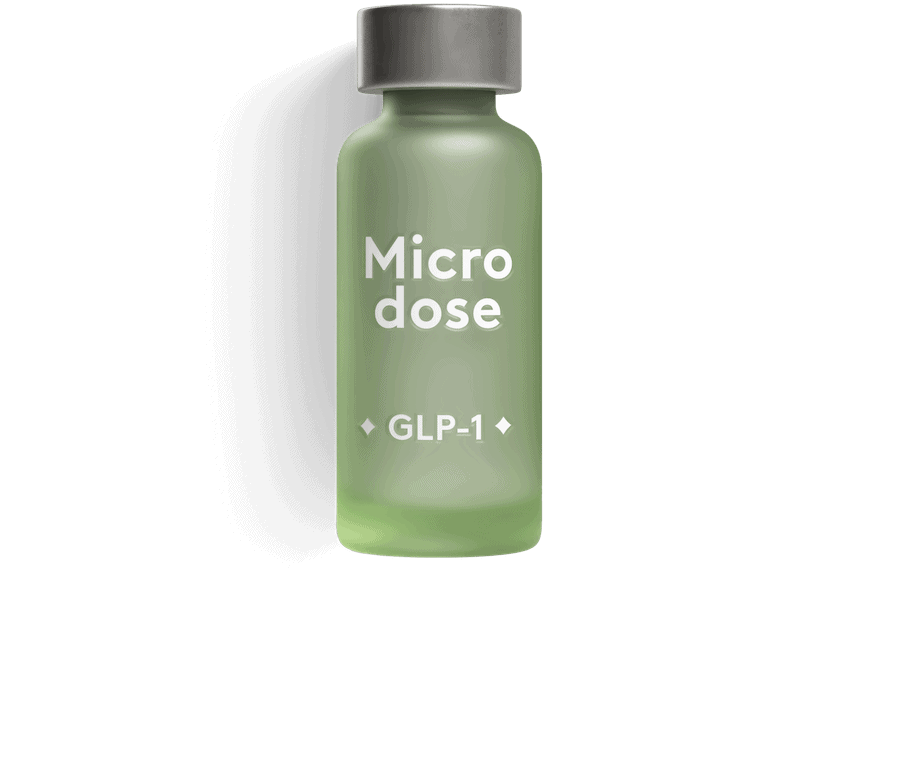
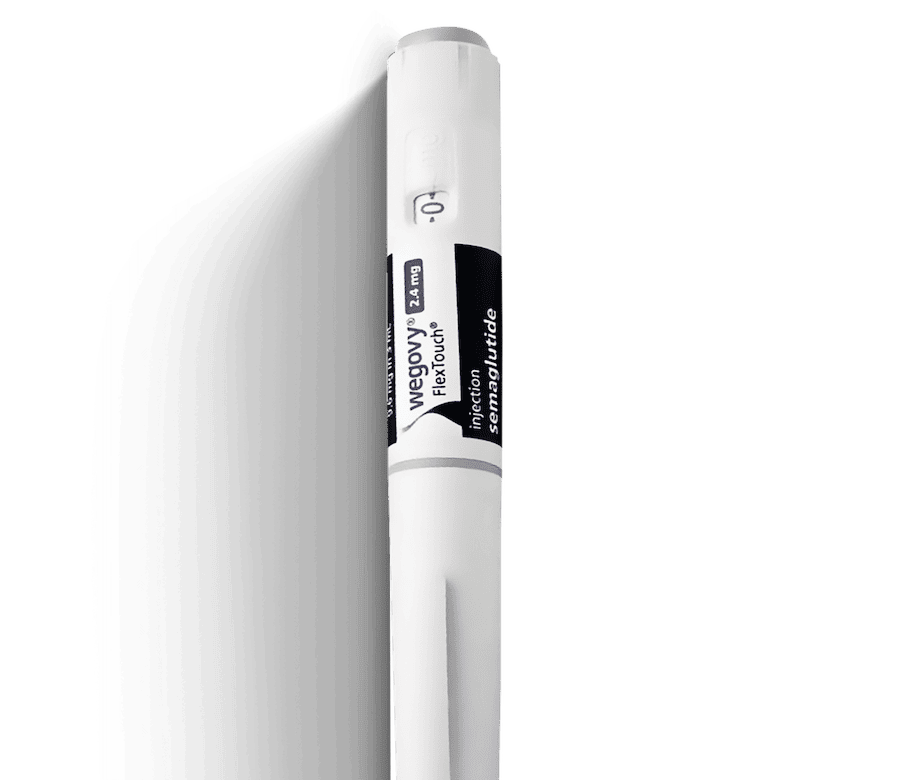

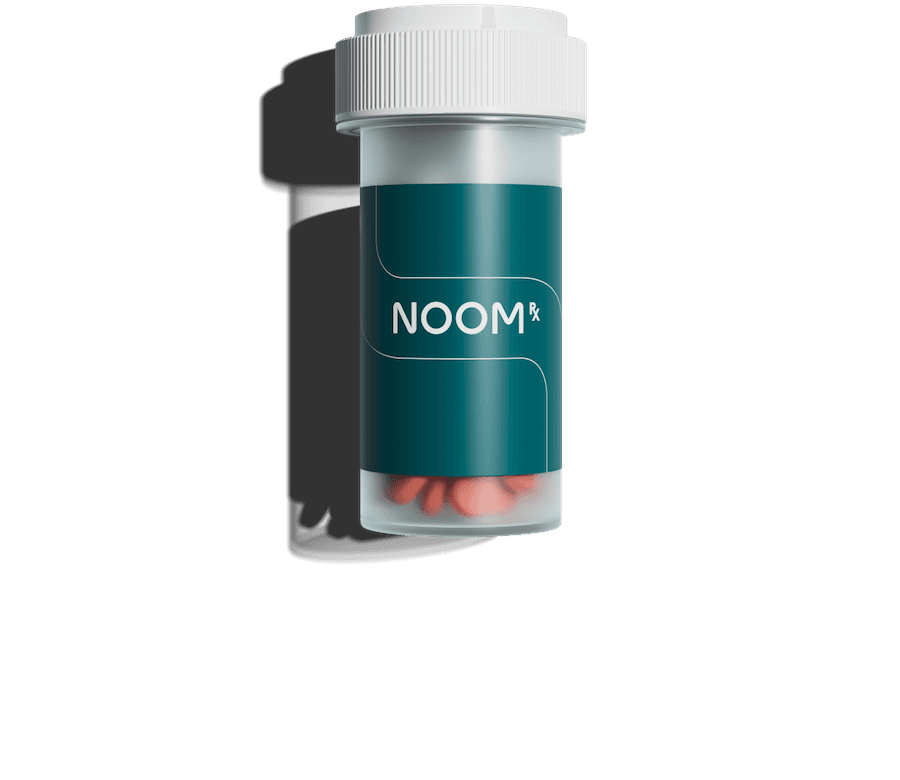

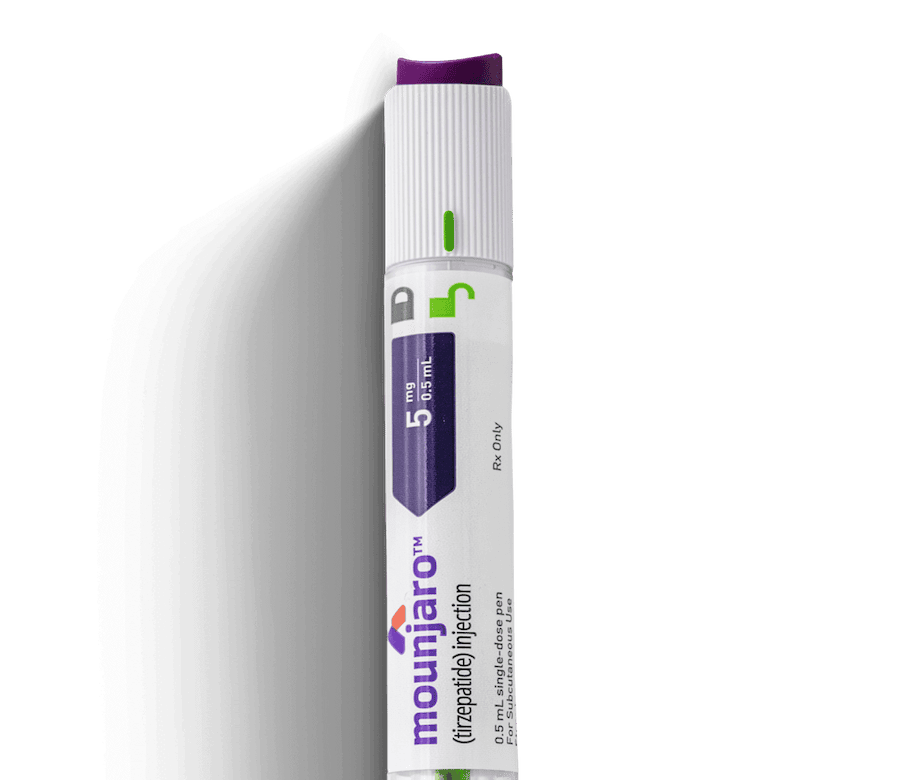
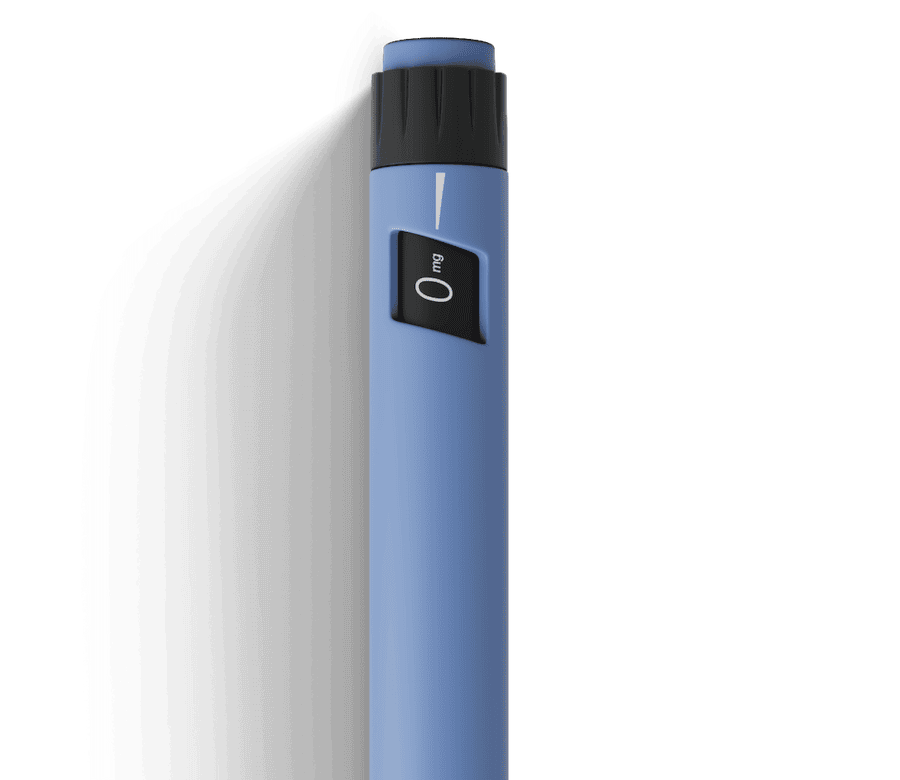




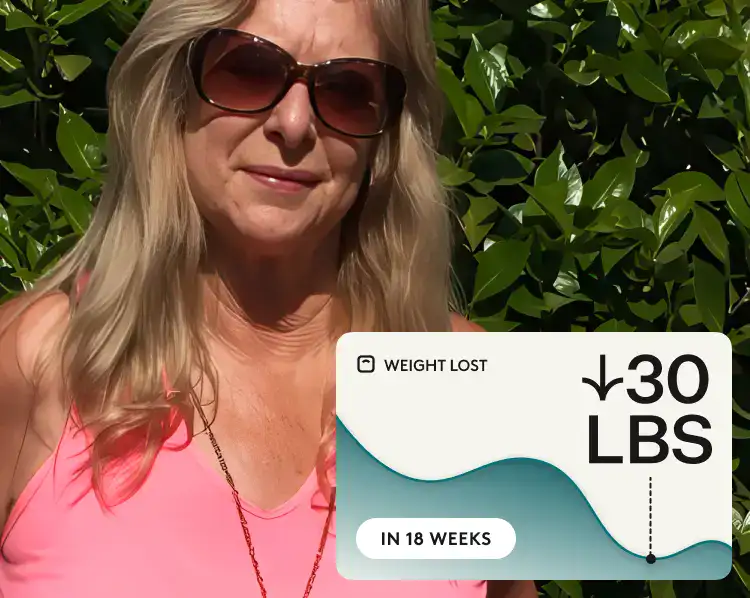







 Meaghan Cameron
Meaghan Cameron
 Noom Team
Noom Team

 Shoshana Fishbein
Shoshana Fishbein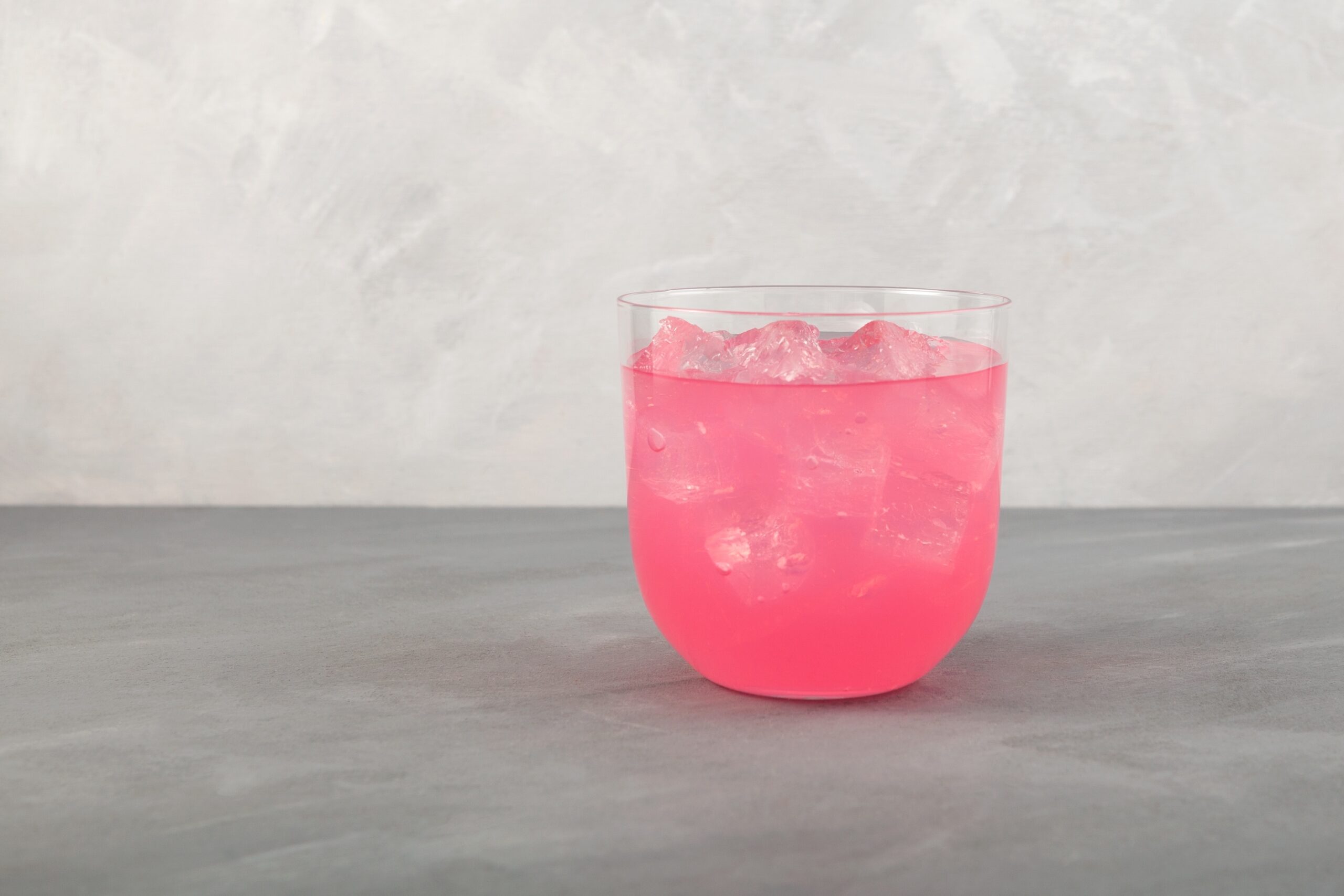
 Melissa Kay
Melissa Kay
